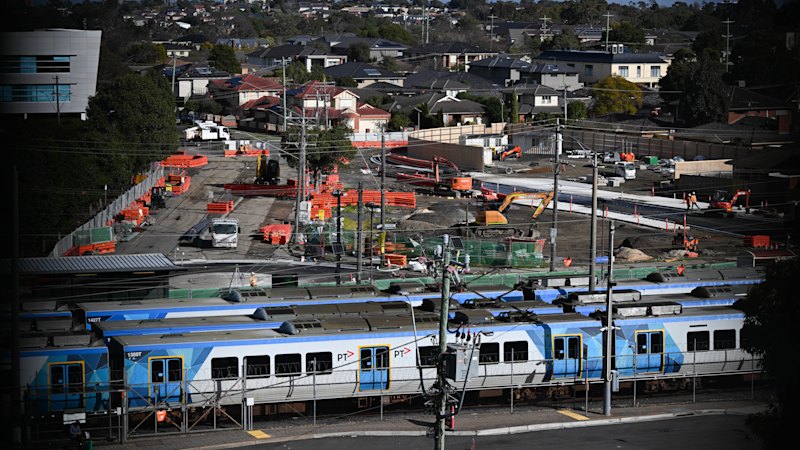
UPDATE: Victoria’s government has just announced a significant shift in its taxation policy that could provide a crucial funding stream for the ambitious $34.5 billion first stage of the Suburban Rail Loop. Effective July 1, 2024, the state will eliminate stamp duty on commercial properties, replacing it with an annual land tax set at 1 percent of the property’s unimproved land value.
This bold move by Premier Jacinta Allan could reshape the financial landscape for the Suburban Rail Loop, particularly for the 1.6-kilometre first stage known as Suburban Rail Loop East, which includes vital works at Glen Waverley. The government is considering a strategy called hypothecation, where a portion of land taxes collected from properties near the rail stations would be allocated directly to fund the project.
According to reports from The Age, the Victorian government is contemplating carving out a share of both stamp duty and land taxes from precincts surrounding the new stations. This decision aligns with the government’s long-stated goal of financing one-third of the rail loop’s costs through value capture—essentially leveraging increased property values generated by the new infrastructure.
Dr. David Hayward, an emeritus professor of public policy at RMIT University, emphasized that the new land tax system inherently creates a source of value capture. As commercial property values rise around the station precincts, the revenue from land taxes will automatically increase, providing a sustainable funding mechanism for the rail loop.
The state government had initially proposed various value-capture measures in 2021, aiming to implement them by this year. However, the current focus has shifted towards finalizing which options will be pursued and how they will be executed.
This development is critical not just for infrastructure but also for the local economy. The Suburban Rail Loop is expected to stimulate growth, creating jobs and enhancing connectivity throughout Victoria. By leveraging tax revenues from the increased property values, the government aims to ensure that funding for the rail loop does not solely rely on state budgets but rather on the economic benefits it generates.
As discussions progress, stakeholders are eagerly watching how these changes will impact the financial viability of the Suburban Rail Loop. The urgency of this funding strategy could set a precedent for future infrastructure projects across Victoria and beyond.
Residents, businesses, and potential investors are encouraged to stay tuned for further updates as the government finalizes the funding mechanisms. The implications of this tax overhaul could resonate throughout the region, making it a pivotal moment for Victoria’s transport infrastructure.





